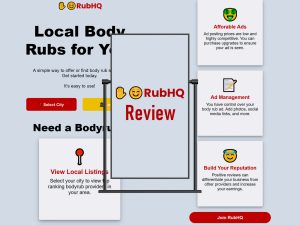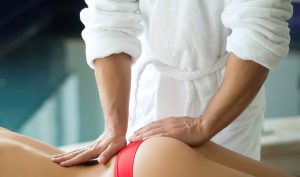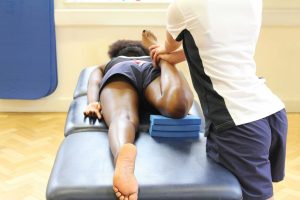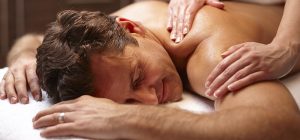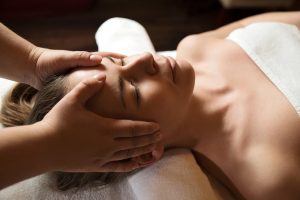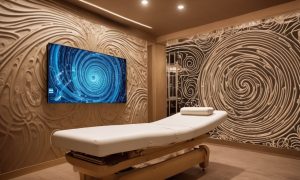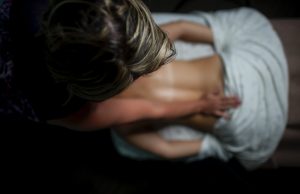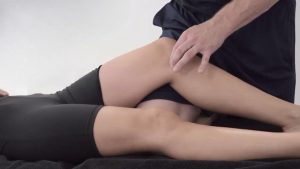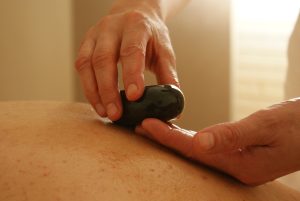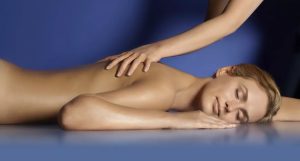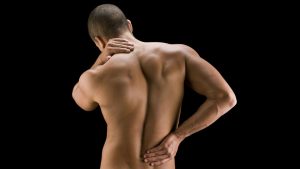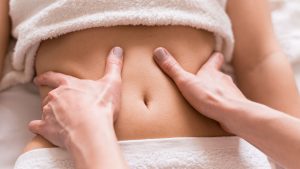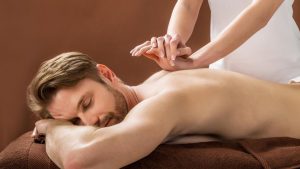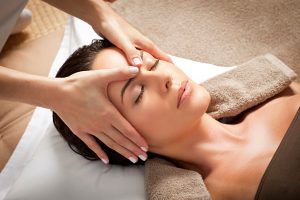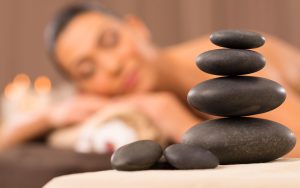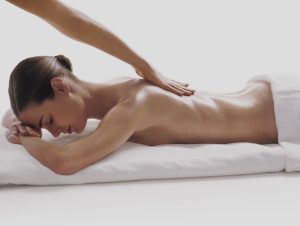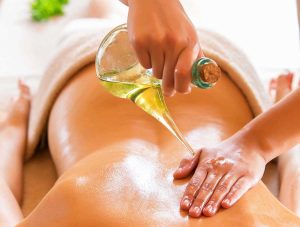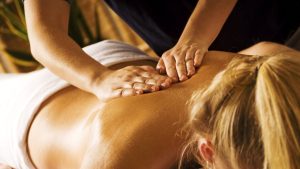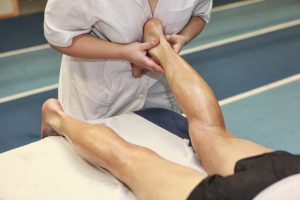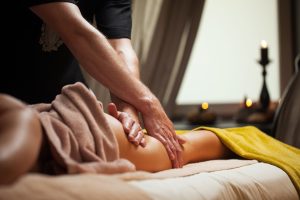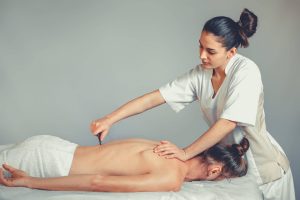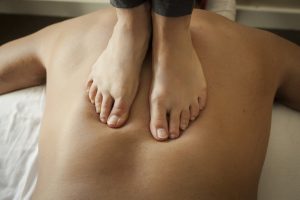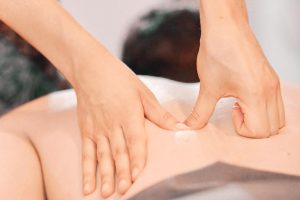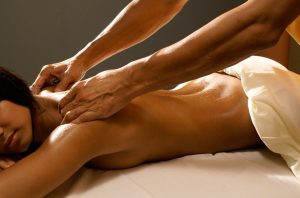In the world of physical activity and health care, every aspect of body care plays a crucial role. One key element in maintaining muscle health and promoting muscle growth is massage. Massage not only provides a pleasant feeling of relaxation but also has a profound impact on tissues, contributing to their recovery and strengthening.
In this article, we will explore the impact of massage on muscles, analyzing its role in supporting and stimulating growth. Delving into the details of how massage affects muscle physiology, we will uncover how this process can become a significant element in your body care routine.
Defining the Impact of Massage on Muscle Growth


Massage, as a crucial component of muscle care, goes beyond surface-level effects, reaching deep into cellular levels. This section of the article aims to elucidate how massage influences the body’s processes, promoting muscle strengthening and growth.
- Enhanced Muscle Blood Flow: The procedure improves muscle blood circulation, providing them with the nutrients and oxygen necessary for growth.
- Hormonal Regulation: A massage session directly influences the release of hormones such as insulin and growth hormone, playing a pivotal role in stimulating muscle growth.
- Relaxation and Muscle Fiber Structure: The relaxation impact affects the structure of muscle fibers, promoting their relaxation and recovery.
- Combatting Overtraining: Massage helps combat overtraining, offering muscles the necessary rest for subsequent growth.
Massage and the Post-Workout Recovery Process:
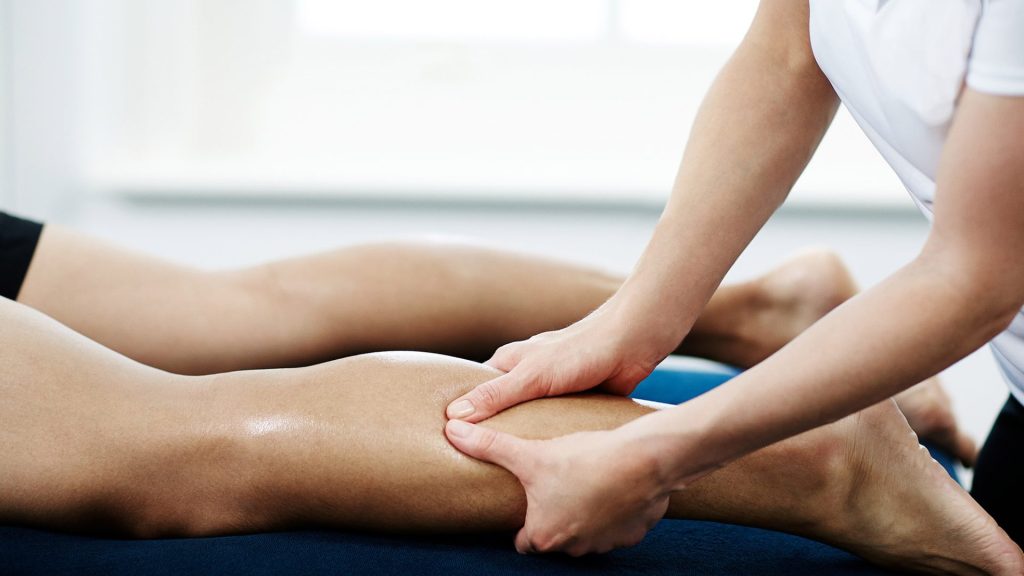

In this section, we will explore the pivotal role that relaxation plays in ensuring effective recovery after intense workouts. The recovery process is a critical aspect of any training program, and massage serves as a vital tool to support this process as it:
- Addresses Muscle Spasms: Facilitates the elimination of muscle spasms resulting from intensive physical activity.
- Relaxes Overstrained Muscle Areas: Relaxes muscle areas that have undergone overstrain during workouts.
- Supports Lymphatic Drainage: Supports lymphatic drainage, speeding up the removal of metabolic waste and toxins from tissues.
- Stimulates Tissue Regeneration: Stimulates tissue regeneration, contributing to the rapid recovery of damaged muscle fibers.
- Reduces Inflammation and Swelling: Reduces inflammation and swelling associated with training.
Effective Massage Techniques to Support Muscle Growth:
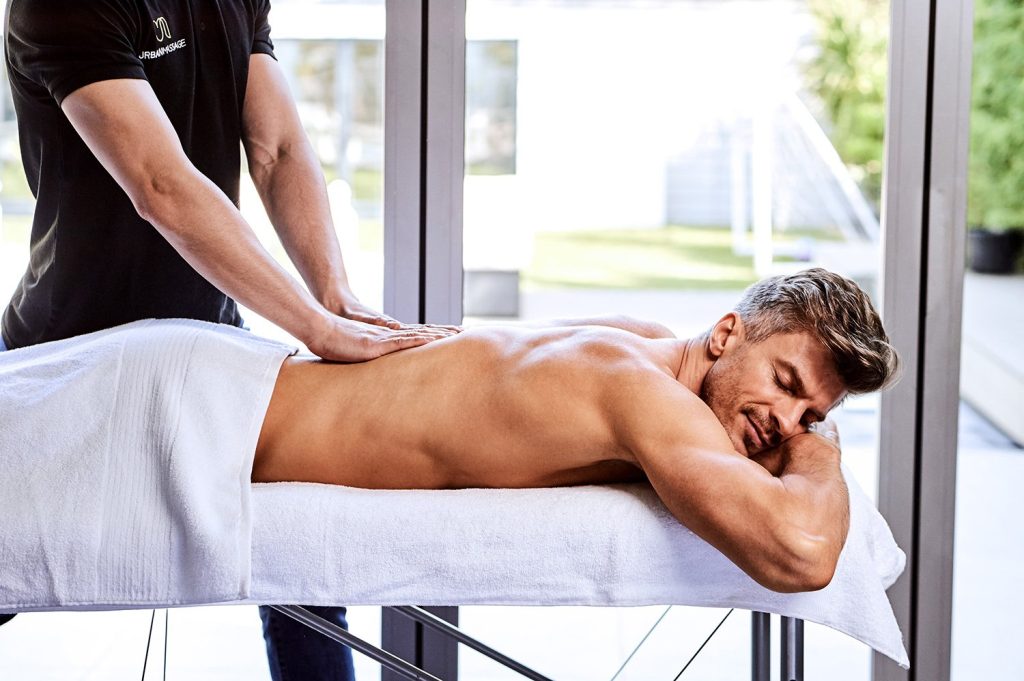

Massage not only provides a pleasant sense of relaxation but also serves as a powerful tool for stimulating muscle growth. In this section, we will explore effective massage techniques aimed at accelerating recovery and maximizing workout results.
- Swedish Massage for Overall Relaxation: Combines various techniques aimed at overall muscle relaxation. Reduces tension, stimulates blood circulation, and promotes an overall sense of relaxation conducive to optimal growth.
- Deep Myofascial Relaxation: Focuses on relaxing deep muscle layers and fascia. Smoothens dense tissues, improves mobility, and stimulates points related to muscle growth.
- Active Stretching During Massage: Combines massage movements with active stretches. Increases flexibility, relaxes muscles, and enhances the length of muscle fibers.
- Trigger Point Massage for Growth Activation: Applies pressure to points associated with activating specific muscle groups. Stimulates trigger zones, improves blood circulation, and enhances muscle trophism.
- Lymphatic Drainage Relaxation: Utilizes specialized techniques to stimulate the lymphatic system. Reduces swelling, eliminates toxins, and improves overall metabolism.
Self-Massage and Its Role in Home Care:
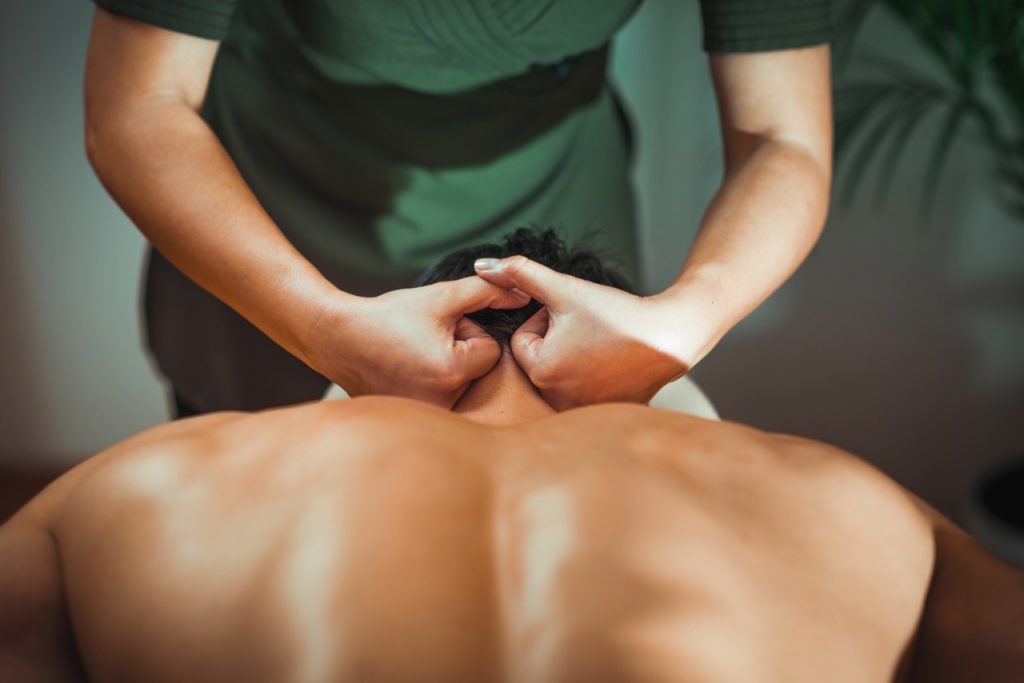

Self-massage is an excellent way to enhance self-care and introduce a relaxation element into your home routine. This simple and effective method not only alleviates tension but also stimulates physiological processes, supporting overall well-being:
- Application of Various Massage Techniques Using Your Own Hands.
- Use of Special Massage Rollers, Balls, or Sticks.
- Working on Muscles, Applying Pressure to Active Points.
- Reduction of Muscle Tension and Discomfort.
- Enhancement of Blood Circulation and Tissue Nutrition.
- Support for Emotional Well-being and Stress Reduction.
- Positive Tissue Response to Massage Movements.
- Working with Meridians for Energy Balance.
Questions and Answers:
How often is it recommended to incorporate massage into a workout routine?
It depends on individual needs, but usually once or twice a week is sufficient.
Can massage before a workout improve results?
Yes, a light massage before a workout can help warm up the muscles and improve blood circulation.
How to choose a qualified sports massage therapist?
Look for licensed massage therapists with experience in sports massage.
What is the role of massage in muscle growth?
Massage plays a vital role in enhancing muscle growth by stimulating muscle tissue and improving blood flow to the muscles. Through techniques like deep tissue massage and effleurage, massage helps promote muscle hypertrophy and accelerate protein synthesis.
Can massage aid in muscle recovery?
Yes, massage can significantly contribute to muscle recovery by reducing muscle soreness, muscle damage, and delayed onset muscle soreness (DOMS). Techniques such as sports massage and compressive massage help in improving muscle function and improve recovery.
How does massage help in muscle soreness?
Massage targets the affected areas, releasing tension in the muscles and enhancing blood flow to alleviate muscle soreness. It aids in reducing muscle stiffness, promoting relaxation, and enhancing muscle function.
Can massage help in improving muscle mass?
Utilizing techniques like massage applied with a focus on promoting muscle growth, can indeed help in improving muscle mass along with enhancing muscle cells and making muscles stronger.

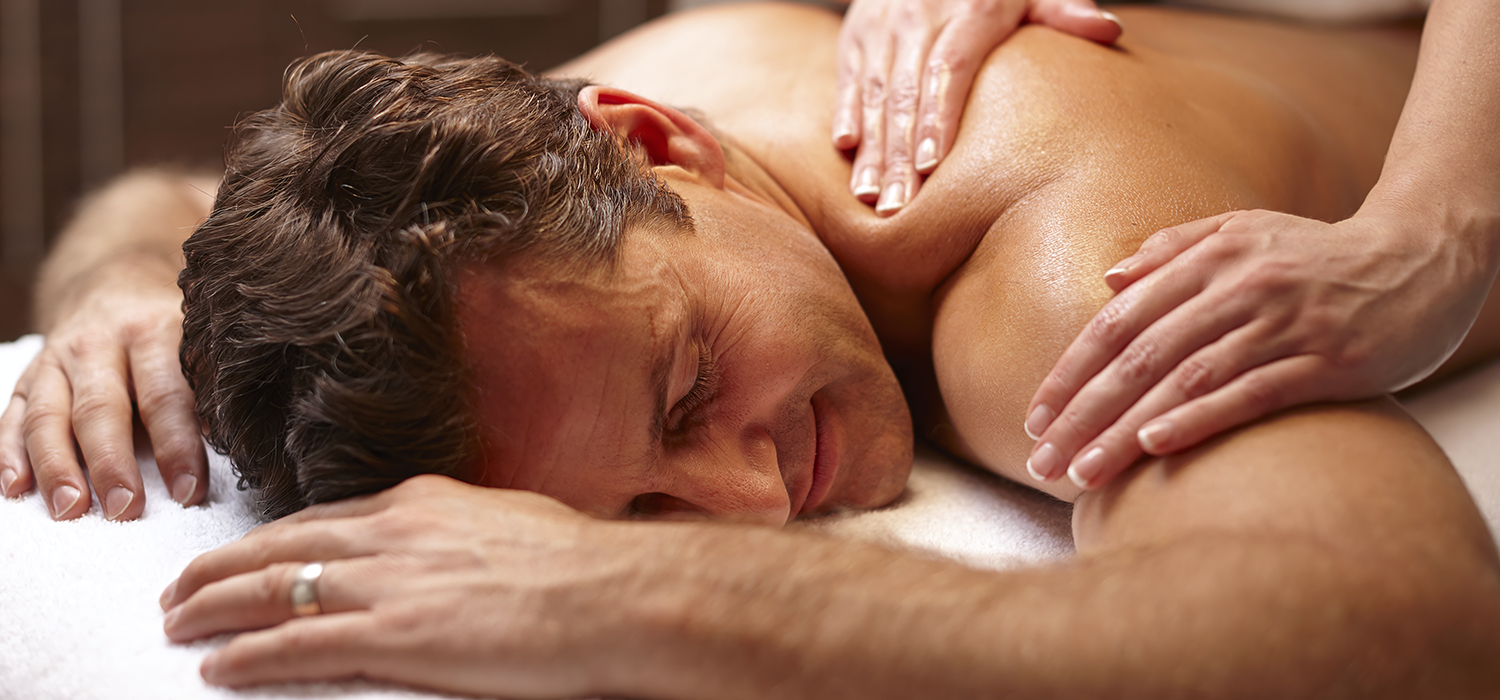











![11 Best Alternatives to Bedpage: Your Ultimate Guide [March 2024]](https://massage.dating/wp-content/uploads/2024/03/Best-Alternatives-to-Bedpage-300x200.jpg)


